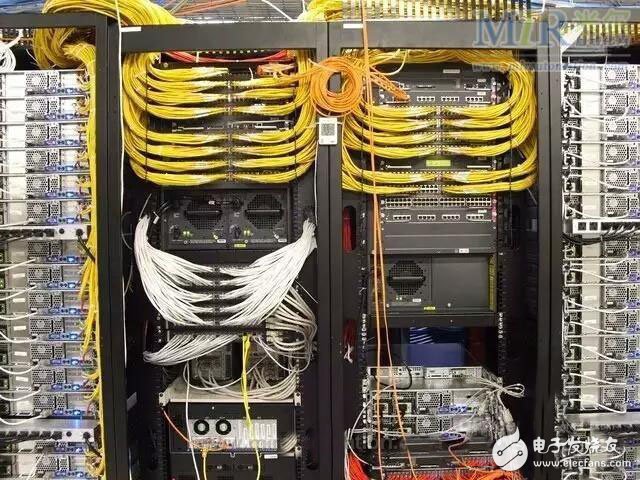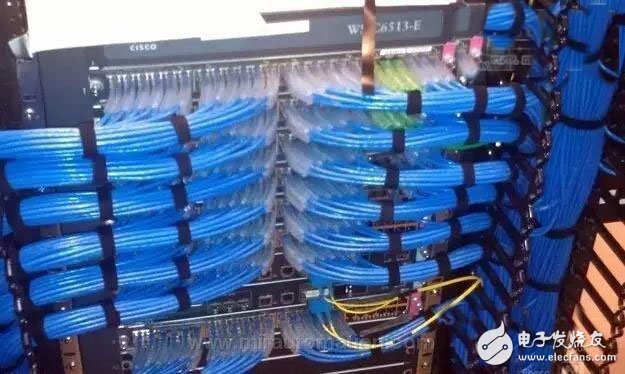Integrated wiring is a modular, highly flexible information transmission path within a building or between buildings. It enables voice equipment, data equipment, switching equipment and various control equipment to be connected to the information management system, and also to the integrated wiring of these equipments to the external communication network.
It also includes all cables and associated connection components between the connection points of the building's external network or telecommunications line and the application system equipment. Integrated cabling consists of different series and specifications of components, including: transmission media, related connection hardware (such as patch panels, connectors, sockets, plugs, adapters) and electrical protection equipment. These components can be used to build a variety of subsystems, each with their own specific purpose, not only easy to implement, but also smoothly upgrade as demand changes.
   Next, we will take a look at the related matters in the three aspects of integrated wiring design drawing, comprehensive wiring construction and maintenance and management of integrated wiring to ensure the smooth flow of the network.
1. Identify user needs
In the process of designing the integrated wiring diagram, we first need to specify the requirements of the customer, make a prediction for the future demand, and then carry out the design structure diagram. It is important to take into account all factors in the design, but also to understand the building and communication environment, determine the appropriate communication network topology map, and use the media to be compatible with most manufacturers and equipment.

2. Hardware is compatible
For equipment selection of integrated wiring, try to use the same manufacturer's products, which can minimize the incompatibility between high-end and low-end and even different levels of equipment. In addition, it is recommended not to choose other network infrastructure materials or equipment for the convenience or cheap. For example, jumpers, panels, network cables, and so on. These things are placed in the ceiling or wall when wiring, and it is difficult to solve after a problem occurs. At the same time, even branded products are recommended to check the quality with professional tools before installation.

3. Antimagnetic
Why can electromagnetic equipment interfere with network transmission speed? Because in the integrated wiring, the network cable is an electrical signal, and a magnetic field is generated near the high-power appliance. This magnetic field will act on the nearby network cable to generate a new electric field, which naturally causes the signal to be weakened or lost. In addition, It should be noted that in addition to avoiding interference sources, the connection method of the network cable connector is also crucial. Whether using the 568A or 568B standard to make the network cable, it is necessary to ensure that 1 and 2, 3 and 6 are two pairs. Core wire, in order to have strong anti-interference ability. In the structured wiring, the route of the network cable must be designed in advance, away from large radiation equipment and large interference sources.

Featured by its wide flat surface with top bend, T16 generates lighting with astonishing uniformity, covers all the colors we offer and all functions. All types of IP68 mold injection connectors and DIY connectors are also available for this size. This size can be widely designed for façade lighting, pool lighting, architecture lighting design and etc.
Cute Neon Lights,Color Changing Led Neon Rope Light,Led Neon Wall Lights,Flexible Neon Rope
Tes Lighting Co,.Ltd. , https://www.neonflexlight.com